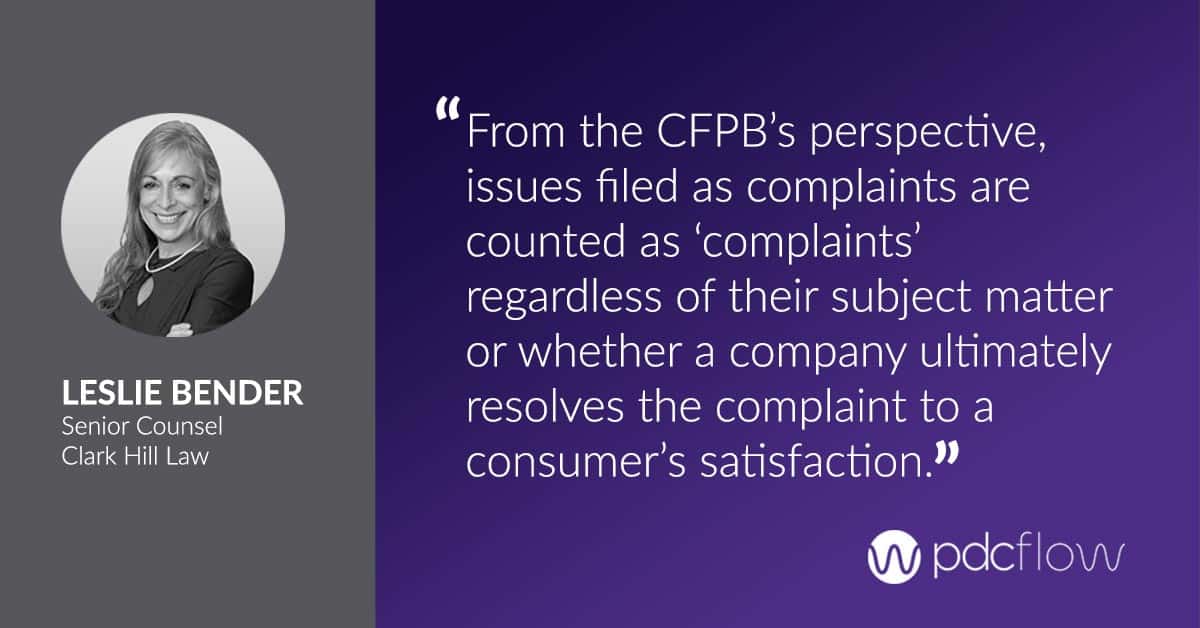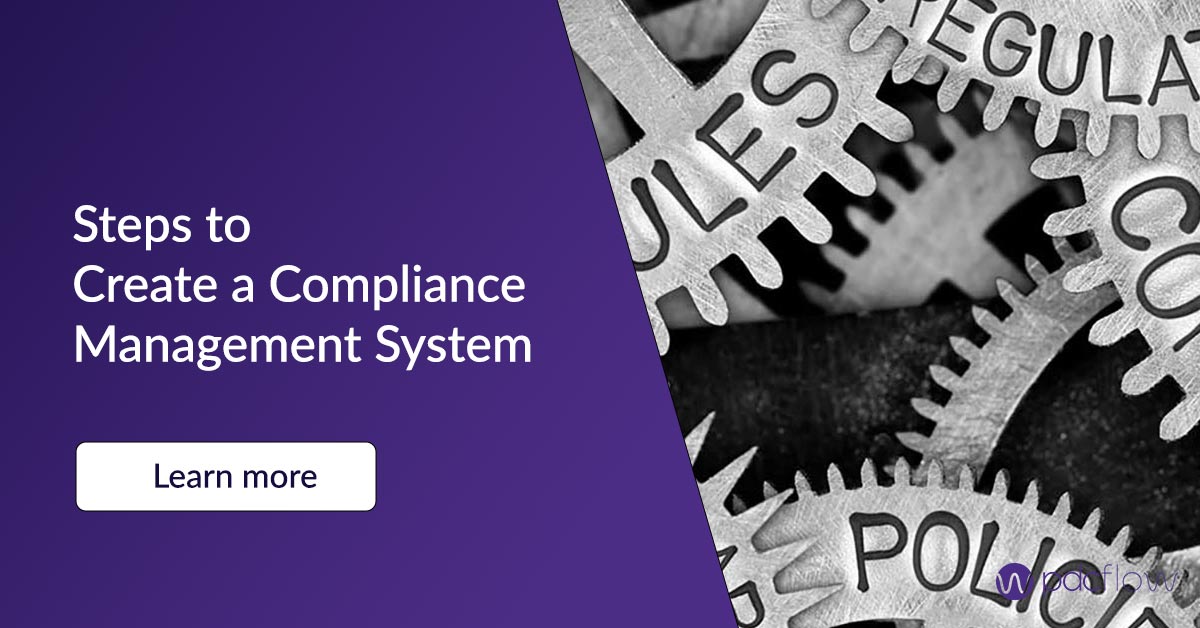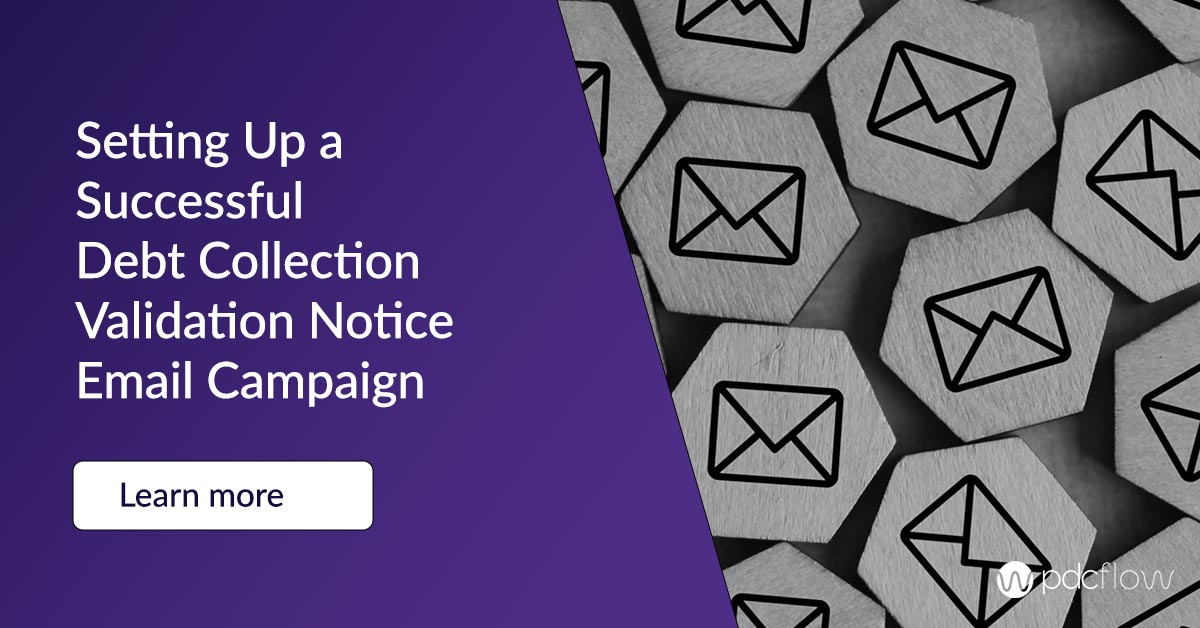The Consumer Financial Protection Bureau (CFPB) is an independent federal agency responsible for maintaining the safety of customers who interact with financial businesses.
Because they create and enforce the regulations that govern the credit and collection industry, debt collection agencies know this organization well.
But do you know the best way to handle a CFPB complaint about your business filed directly with the Bureau?
California Association of Collectors (CAC) Collection Boot Camp panelists and debt collection experts Kelly Parsons-O’Brien (Pacific Credit Services), June Coleman (industry attorney), Shawn Suhr (Continental Credit Control), and Courtney Reynaud (Creditors Bureau USA) shared their experience, thoughts, and steps to create a CFPB complaint process for their businesses.
Is Your Agency Registered with the CFPB?
As the Bureau’s social media presence continues to grow and more consumers become aware of their ability to make complaints, your agency could begin to see more complaints in the CFPB database.
If your agency isn’t already signed up to address these complaints, visit the CFPB’s website. You can fill out their registration form and learn more about the CFPB complaint process as well as your rights to respond as a merchant.
- Don't use industry jargon. Use language that can be easily understood by the consumer.
- Be professional and respectful.
- Ask yourself: What will the CFPB think of your response?
- Ask yourself: What will your client think of your response?
- Get a second opinion on your response.
- Take your time. Avoid a rash response.
CFPB Complaint Process Steps
Once you’ve registered, you will be able to respond to complaints aimed at your business. But there are a few steps you may take first. It is important to prepare yourself and ensure you’ve done all you can to satisfy your consumers.
Here’s Parsons-O’Brien’s advice for dealing with a CFPB consumer complaint:
- Investigate - It’s important to thoroughly investigate consumer complaints and disputes. While you may already have a stringent process for disputes in your office, a mishandled issue linked to the CFPB can lead to a lawsuit. This means it is vital to be extra cautious in addressing these issues.
- Get your ducks in a row - A dispute response in writing is important to addressing CFPB consumer complaints.
You don’t want to respond only to find out you are wrong. Be ready to cancel any account if your documentation and documented procedures are not ironclad. Return the funds and move on.
- Reach out - Parsons-O’Brien also urges an often overlooked step in the process – contacting the consumer directly.
You can resolve many issues simply by having a top member of your leadership reach out. Ensure your representative is polite and interested in the consumer’s concerns. A genuine and helpful manner will go a long way towards finding a solution.
Try to resolve the dispute if you can reach the consumer. If that’s not possible, extend an invitation for them to contact you.

Prepare a Company Response to Published CFPB Complaints
If reaching out to the consumer directly doesn’t work, you should prepare a company response to provide to the CFPB. When drafting your statement, here are a few things to keep in mind:
- Your consumer is not in the industry - Because those filing complaints likely do not have a background in collections, it is important to use language that can be understood by the “least sophisticated consumer.”
This means being concise and avoiding industry jargon that those in the general public are not likely to recognize.
- Your response could be made public - In the digital age, it is increasingly likely that an interaction with your consumers may end up on social media or somewhere else on the internet. Don’t say anything disrespectful or retaliatory and avoid statements that could put your organization in a bad light.
- Ask: What will the CFPB think? - Is there anything in the statement that the CFPB would find inadequate? Is your language clear?
- Ask: What will your client think? - Because you are collecting on behalf of another organization, you must also keep in mind how this issue will reflect upon them. Don’t make any comments that might make them look bad (unless you want to lose their business).
- Get a second opinion - When sending your response, it’s helpful to first have another manager at your agency read what you have prepared. Ask them to put themselves in the shoes of the consumer. Do they find the language troubling? Are there phrases that could be misconstrued?
Having a second pair of eyes read your statement can help you avoid further issues with an already dissatisfied consumer.
- Take time to respond - Getting a CFPB complaint can be frustrating, and sometimes it may even feel personal. In order to maintain composure and a professional appearance, take a day or two before drafting your response.
Have others in your agency head up the investigation so you have time to clear your head for the issue. That way you can reflect on how best to address the complaint and avoid providing a rash response that would cause further issues down the line.
Create an In-House Complaints Process
Of course, it’s even better for consumers and your business if you can record and resolve complaints inside your agency instead of through the CFPB consumer complaint database.
Attorneys Leslie Bender and Joann Needleman shared this strategy during a webinar regarding the CFPB’s latest priorities of enforcement and supervision. They view proper complaint handling as an essential part of ARM compliance management systems (CMS).
You should have a system for receiving complaint data and responding to consumer complaints so you are in control of your agency’s reputation and can build rapport.
Capturing and storing complaint data will also let you track them and recognize trends. A recurring complaint may mean you have gaps in your policies and procedures.
Sign up for PDCflow's weekly updates or monthly newsletter to receive information, resources, and strategies to help you with your business operations.





